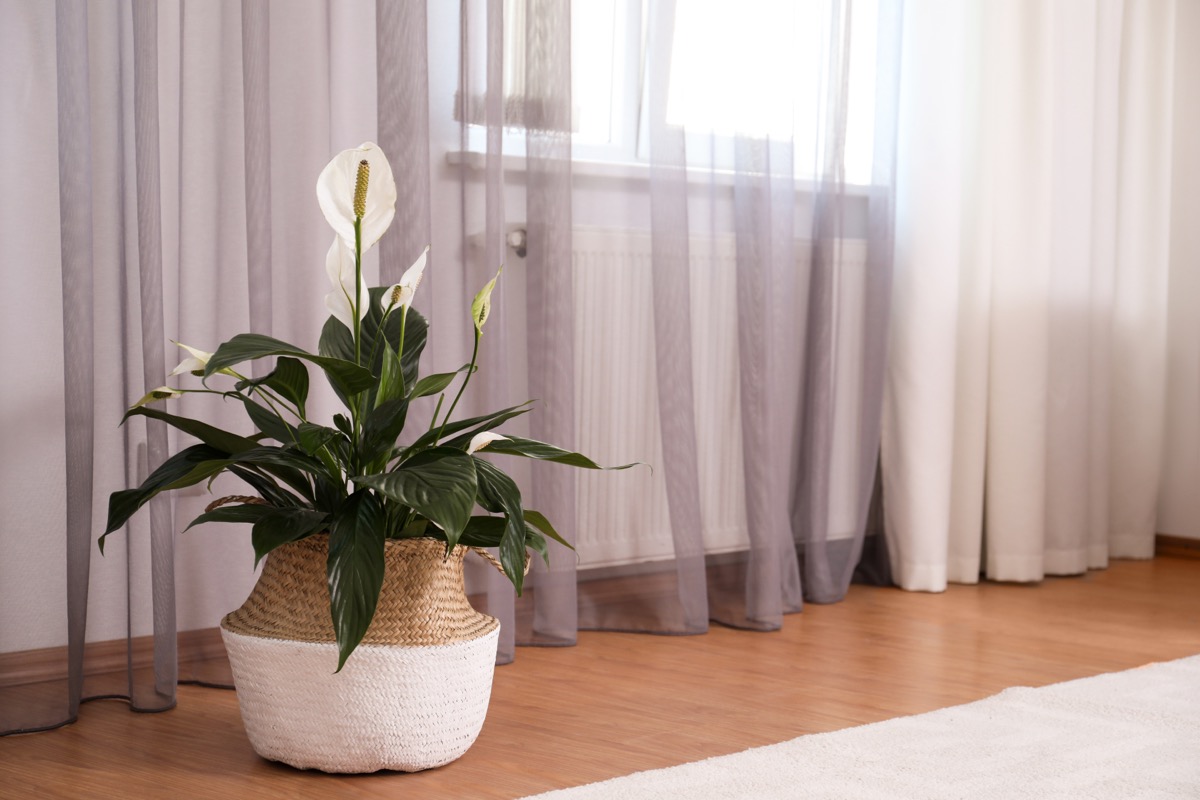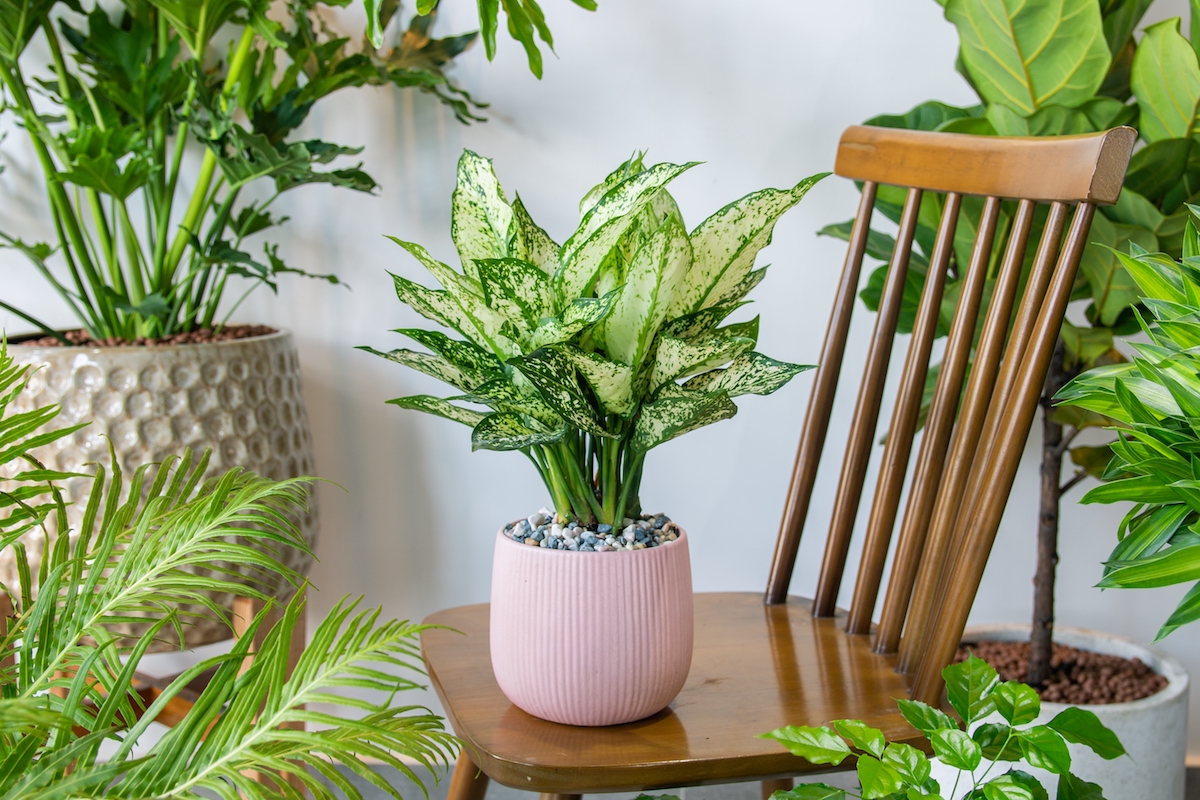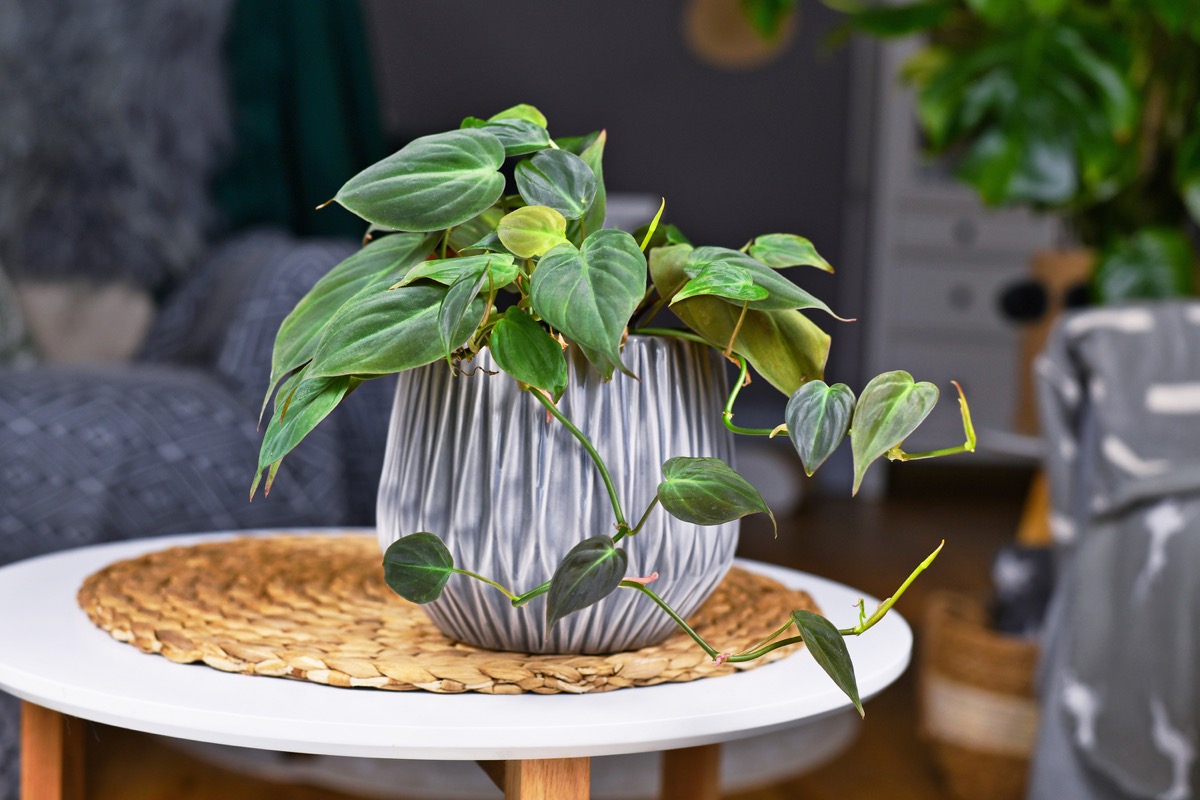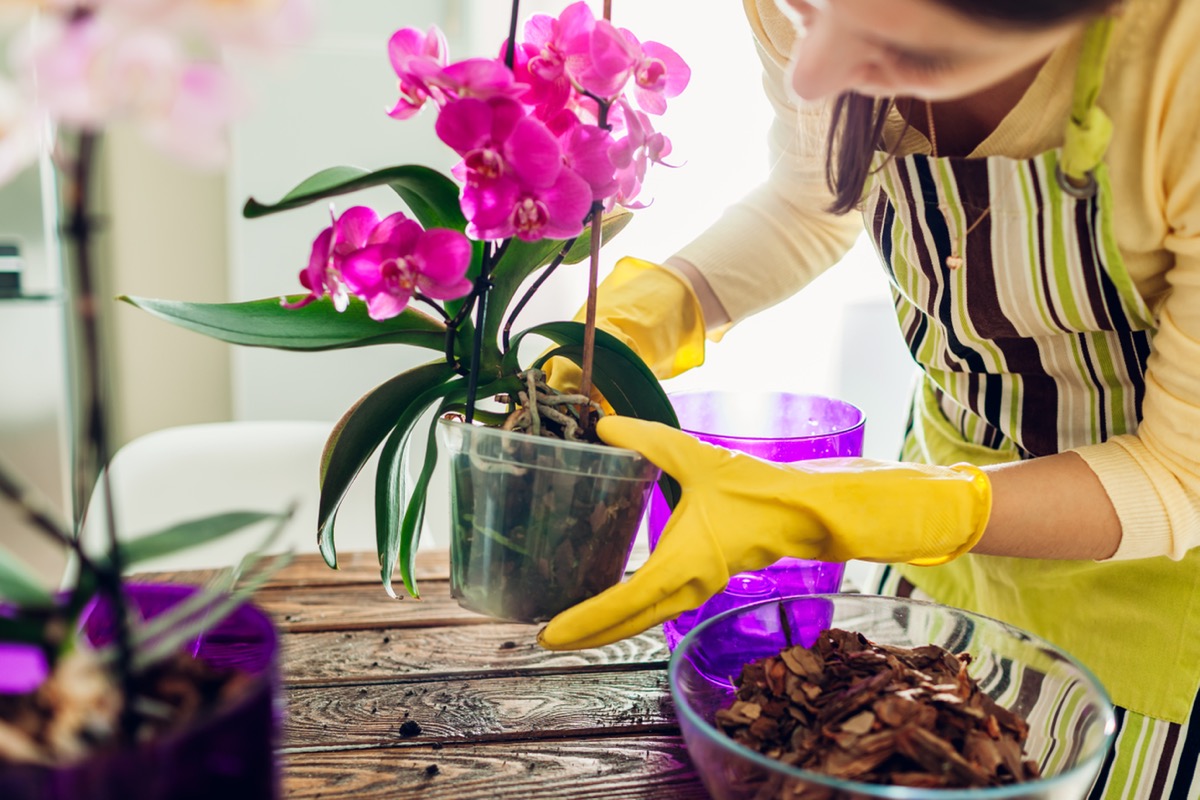The 5 Best Houseplants That Thrive in Humidity, Experts Say
These beauties will help you embrace a sticky climate.
As most seasoned and amateur plant parents know, not every houseplant is suitable for every house. Before choosing a plant, you'll want to consider your space's exposure to sunlight, as well as your ability to take care of it (yes, some plants are more finicky than others and should only be purchased by more experienced caretakers). One factor you might not consider, though, is your home's moisture levels and whether or not you've found a humidity-tolerant houseplant.
If you're in a super dry area, a plant that's used to growing in the rainforest will probably shrivel up and die. However, if your living room climate mimics that of a steam room, then a humidity-loving plant will probably thrive.
Here, plant and gardening experts outline the best houseplants to buy if you live in a humid environment. While your space might sometimes feel stuffy to you, these plants will feel right at home with the extra moisture.
RELATED: 8 Easy Houseplants That Don't Need Sunlight.
The 5 Best Humidity-Tolerant Houseplants
1. Peace Lily

These flowering plants are native to the tropical rainforests of South America, so they feel right at home in humid spaces.
"Peace lilies love humidity because their stomata, the tiny openings in the leaf surface, are more open in humid conditions, which enables better gas exchange and allows them to photosynthesize more effectively, leading to healthier and faster growth," explains Tony O'Neill, a gardening expert, educator, and founder of Simplify Gardening.
To care for your peace lily, plant it in a well-draining potting mix in indirect sunlight. Wipe its leaves with a damp cloth to prevent dust buildup, which can slow photosynthesis.
"A point to note is that while they love humid environments, they don't require frequent watering," says O'Neill. "You should only water them when the top inch of the soil feels dry to the touch."
They also absorb water easily, which can also help reduce the humidity in your home—a win for both you and the lily!
2. Boston Fern

Boston ferns look just as fabulous in hanging pots as they do in standing ones. The plant is native to the tropics, which explains its love for humidity.
"It can be an excellent choice for rooms with moisture or if you live in a naturally humid climate," says Stephen Sullivan, plant expert and editor of Plant Native. "They have adapted to absorb moisture from the air and thrive in environments where humidity ranges from 50 percent to 80 percent."
Keep them in bright, indirect sunlight and water them enough to keep the soil consistently moist. In the winter, you may want to mist your fern with a spray bottle a few times a week to keep it happy.
RELATED: 7 Tips for Preventing Your Indoor Plants From Wilting in the Heat.
3. Chinese Evergreen

Another plant that's native to the tropics, the Chinese evergreen grows leathery leaves in shades of green, silver, and red.
"It not only adds beauty to your home but also helps to purify the air," says Andrew Laurier, gardening expert and editor of Be.Green.
The plant can thrive in areas with low natural light and doesn't require a rigorous watering schedule—Laurier suggests allowing the top inch of soil to dry out before adding more. The plant is sensitive to cold drafts, so watch where you place it during the winter (and keep it far from the AC).
4. Philodendron

Philodendrons are one of the most popular low-maintenance plants—so definitely opt for this humidity-lover if you're new to plant parenthood.
"They come in various shapes and sizes, making them versatile for different indoor spaces," says Laurier. Plus, they can adapt to many light situations, just don't place them in direct sunlight, which can scorch their leaves.
Water your philodendron when the soil gets dry—you don't want to overwater these guys, as it can cause root rot.
For more plant advice delivered straight to your inbox, sign up for our daily newsletter.
5. Orchids
5
Orchids

The last humidity-proof plant also produces flowers. "Orchids are exquisite and elegant plants, which are known for their tropical vibes, that thrive in humid environments," says Jane Hart, a floral expert at FloraQueen."High humidity levels help these plants absorb moisture through their aerial roots and maintain their lush foliage."
Place them in indirect light to mimic the canopy effect of tall trees in the rainforest and water them thoroughly in a well-draining orchid potting mix.






















